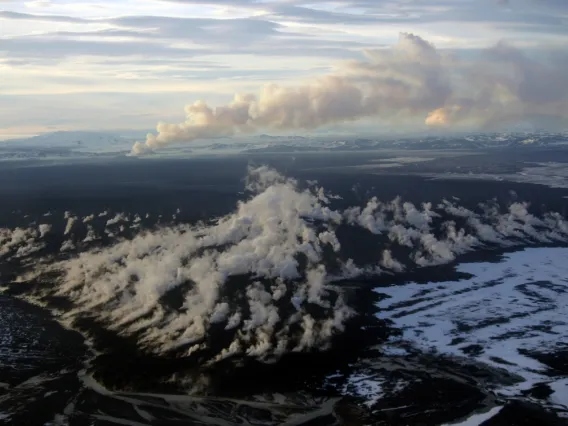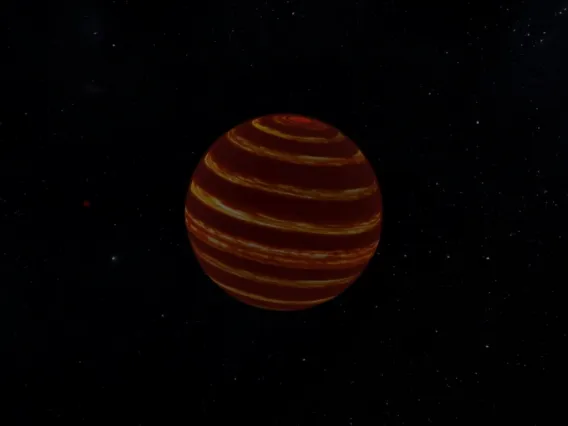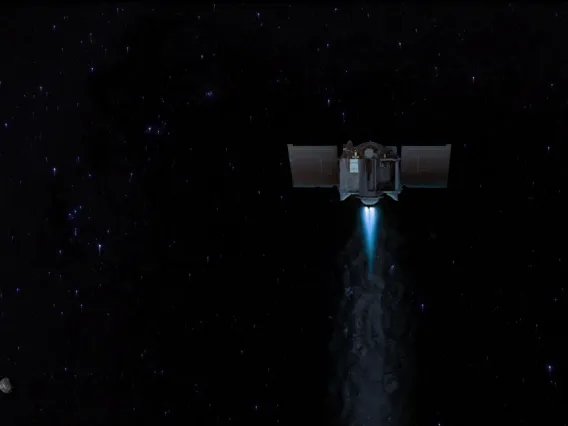LPL Newsletter for February 2021
Monday, February 1, 2021
For our newsletter this month, we have items about studies ranging from the surface of the Earth to an object outside the Solar System — “planetary science” covers a large range of topics. Associate Professor Christopher Hamilton is studying the terrain in Iceland, using a combination of a rover and drones, in preparation for optimizing operations for future missions on the surface of Mars. Associate Professor Dániel Apai led a study of the closest brown dwarf (an object somewhere between a planet and a star in size). The closest one is still more than six light-years away from Earth. Finally, we have an update about the highly-successful OSIRIS-REx mission, led by LPL’s Dante Lauretta. Having successfully collected the sample, the team is now preparing to leave asteroid Bennu in May, still planning on returning the samples to Earth on September 24, 2023.
Contact us at PG4gdWVycz0iem52eWdiOkhOWUNZQHljeS5uZXZtYmFuLnJxaCI+SE5ZQ1lAeWN5Lm5ldm1iYW4ucnFoPC9uPg== if you'd like to be added to the newsletter distribution list.

With $3M NASA Grant, LPL Scientist Will Test Mars Exploration Drones in Iceland
NASA has awarded $3.1 million to Christopher Hamilton to develop a drone that could act as a "field assistant" to a rover and explore previously inaccessible regions on Mars.

Striped or Spotted? Winds and Jet Streams Found on the Closest Brown Dwarf
Planetary scientists wondered if bands of winds or swirling storms dominated the atmospheres of brown dwarfs. UArizona-led research has solved the mystery.

LPL-led OSIRIS-REx Mission Plans for May Asteroid Departure
Since its launch in September 2016, the OSIRIS-REx spacecraft has traveled billions of miles, mapped the surface of an asteroid, and made new scientific discoveries about near-Earth asteroids. Now, it's preparing to bring a piece of asteroid Bennu home.

